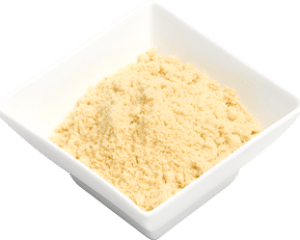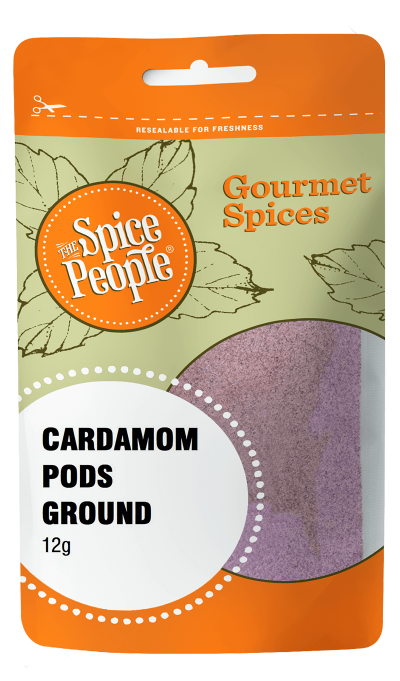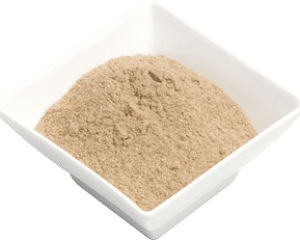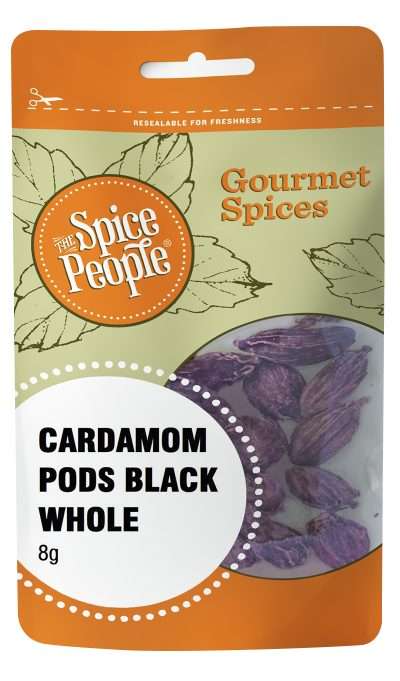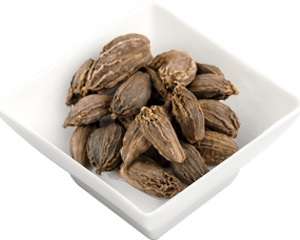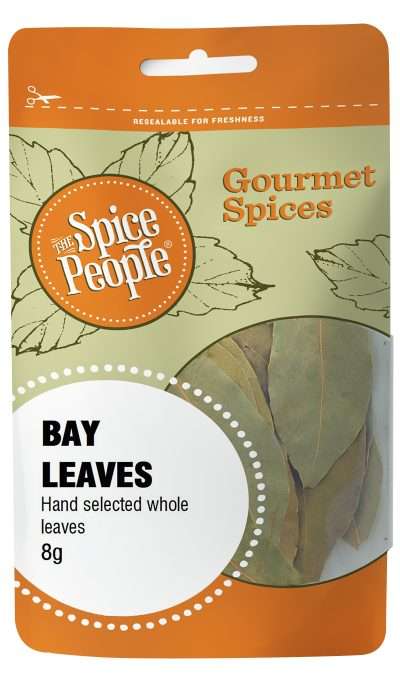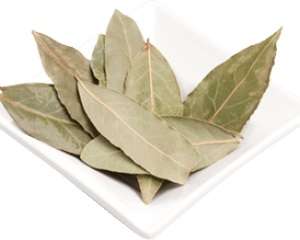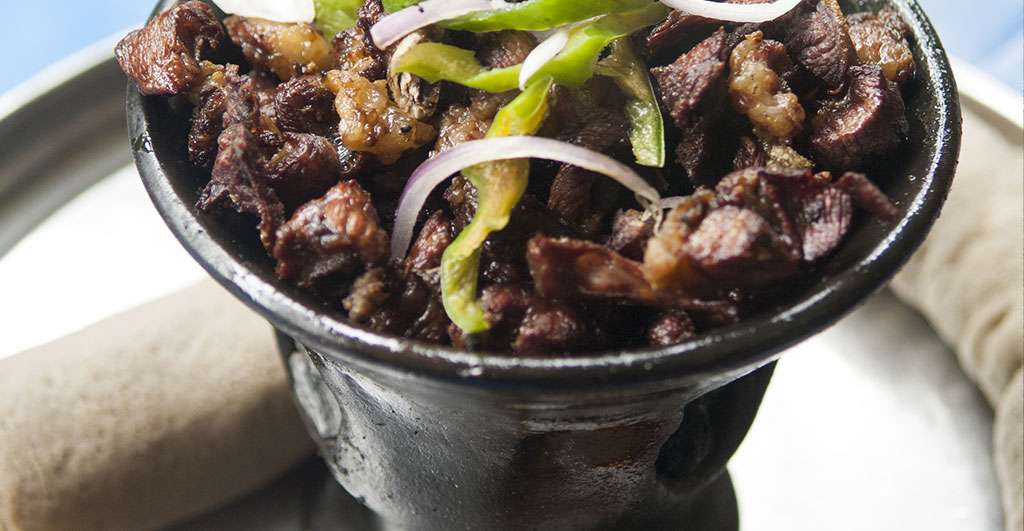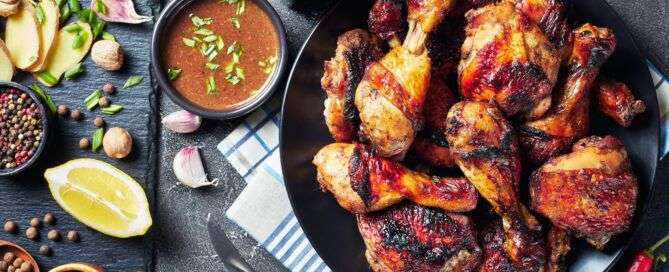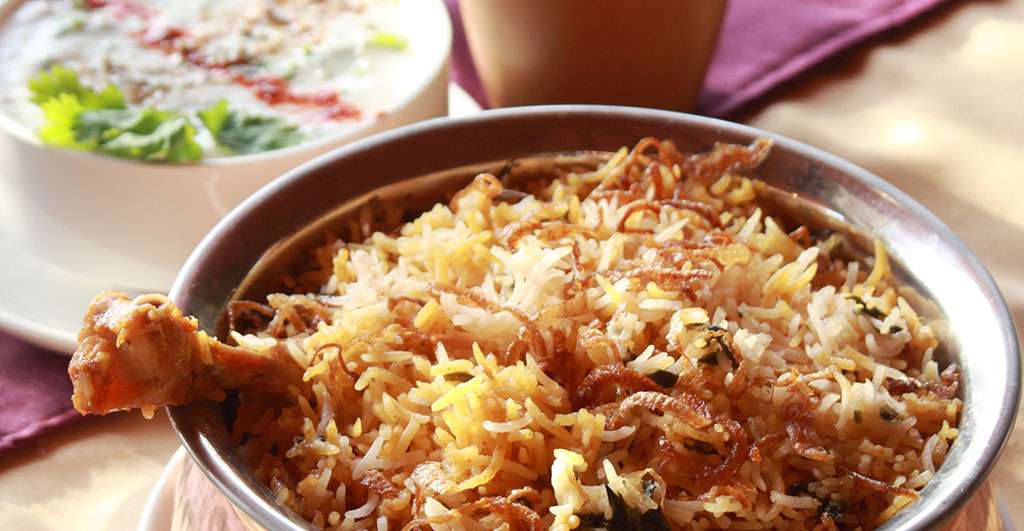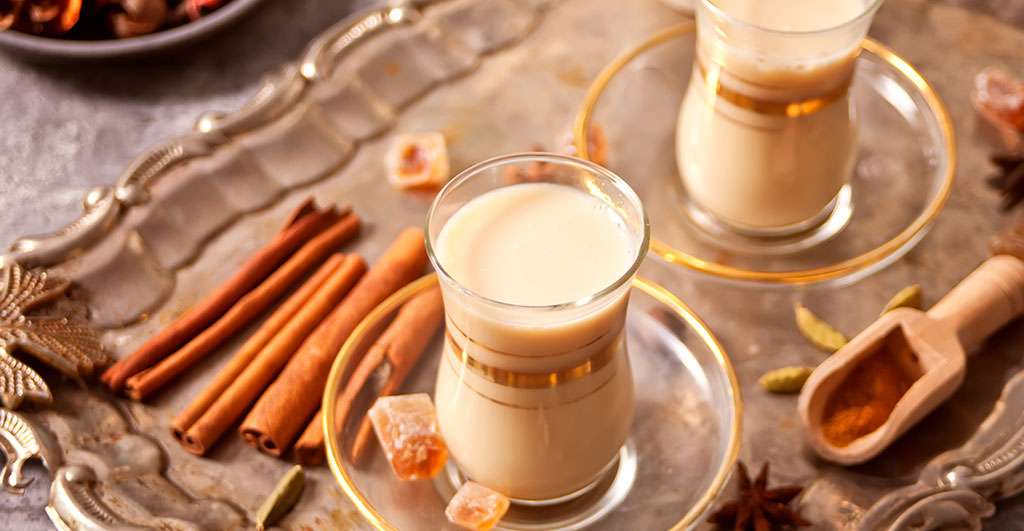Mustard Powder – 50g
300 in stock
Product description
Mustard powder is made when the yellow seeds are finely milled, and are used more often than the whole seeds as it provides more flavour with less effort. Mustard powder has a mild and slight sweet flavour and pungent aroma. The powder can be mixed with water to form a mustard paste to flavour bbq meats. It releases an earthy aroma when cooked and a savoury and tangy taste. Yellow powder is commonly used in the Western cuisine. It is key ingredient in the Indian blend Panch Phora. The spice people carry these mustard products; mustard seeds black, mustard seeds yellow and mustard powder.
Flavour Notes:
Mustard powder has a mild and slight sweet flavour and pungent aroma. When heated, it releases an earthy aroma when cooked and a savoury and tangy taste.
Culinary Notes:
The powder can be mixed with water to form a mustard paste to flavour bbq meats or mixed into dishes while cooking to impart a sharp, zesty flavour with a hit of heat.
Health Benefits:
Mustard is a good source of omega 3, minerals and have many health benefits. It contains iron, calcium, zinc and magnesium.
Ingredients:
100% dried ground mustard seeds
How to use
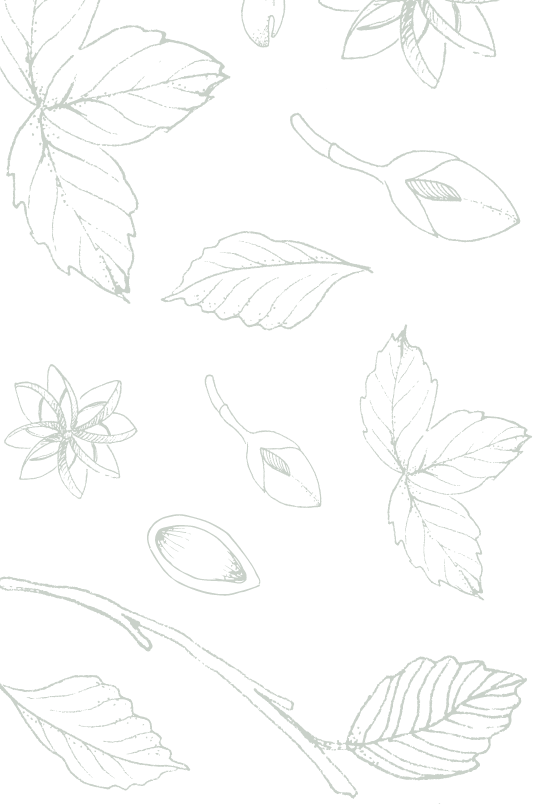
The Spice People FAQs


The Spice People FAQs
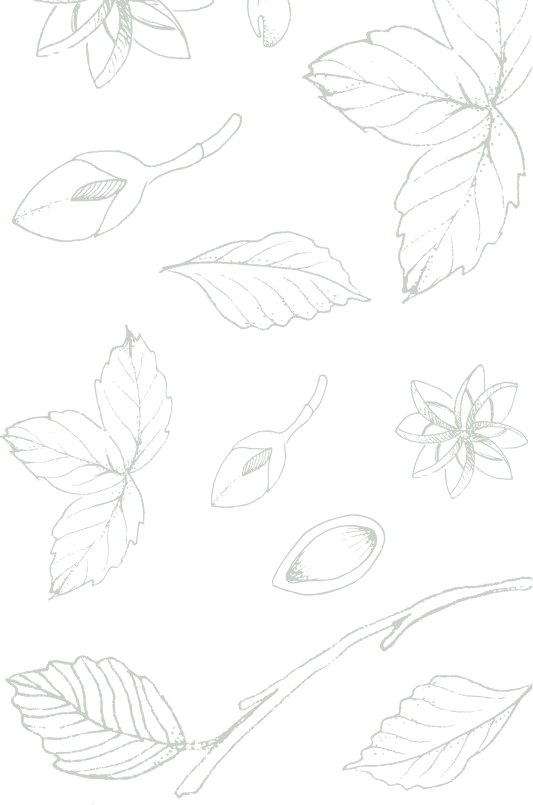
Other Spices you may like
Featured in



Join the Spice People to Get Started on Your Culinary Spice Journey!
Be the first to hear about our exclusive promotions, new product releases, recipes and more.

